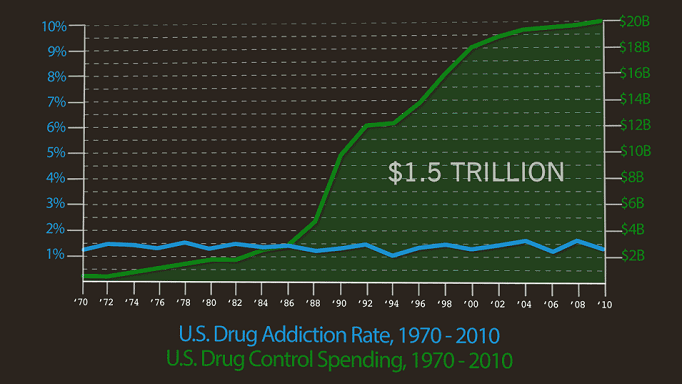In Reason, Baylen Linnekin talks about wine corks and over-cautious would-be regulators:
We flew into Lisbon and drove across the Spanish border to San Vicente de Alcantara, near Caceres, where DIAM makes many of its corks. Once there, our daylong activities included a detailed tour of the DIAM factory and a visit to the nearby cork forest where DIAM obtains cork, which is made from the bark of the eponymous tree.
As I learned on the DIAM tour, the company’s agglomerated corks are made from natural cork that’s first pulverized. The impurities are then removed. Finally, the pure cork that remains is glued back together into the familiar wine cork shape.
Agglomerated corks have two key benefits over competing corks. First, they cost less than natural corks. Second, they eliminate the problem of cork “taint,” a musty taste caused by the presence of a substance found in cork, TCA, that often ruins wines before they’re ever opened.
Sounds great. Still, concern was raised by a wine writer last month, who suggested, quite wrongly in my opinion, that agglomerated corks may be illegal.
How’s that?
The writer, Lewis Purdue of Wine Industry Insight, suggested that the binding agent used by agglomerated cork makers could be leeching into wine. That agent, TDI, is listed as a potential carcinogen. If it were to migrate from cork to wine, that would be bad.
But testing by DIAM and others has shown no detectable level of TDI in wine, meaning there’s no evidence the substance migrates from cork to wine. DIAM also says, firmly, that no such migration occurs.
“Of course we guarantee there’s no TDI migration,” said François Margot, a sales manager with DIAM, told Wine Business writer Cyril Penn.
In that case, there’s no problem, says the FDA. As the FDA explains, agency rules generally permit food packaging to come into contact with food so long as it’s not “reasonably expected to result in substances becoming components of” food.
Why any fuss over agglomerated corks? It stems not from any FDA interest but, rather, from a push by competitors of agglomerated cork makers.
I dislike the kind of composite corks produced by companies like DIAM, but they’re still better than the plastic or other non-cork wine bottle closures a lot of American wineries are using these days.





